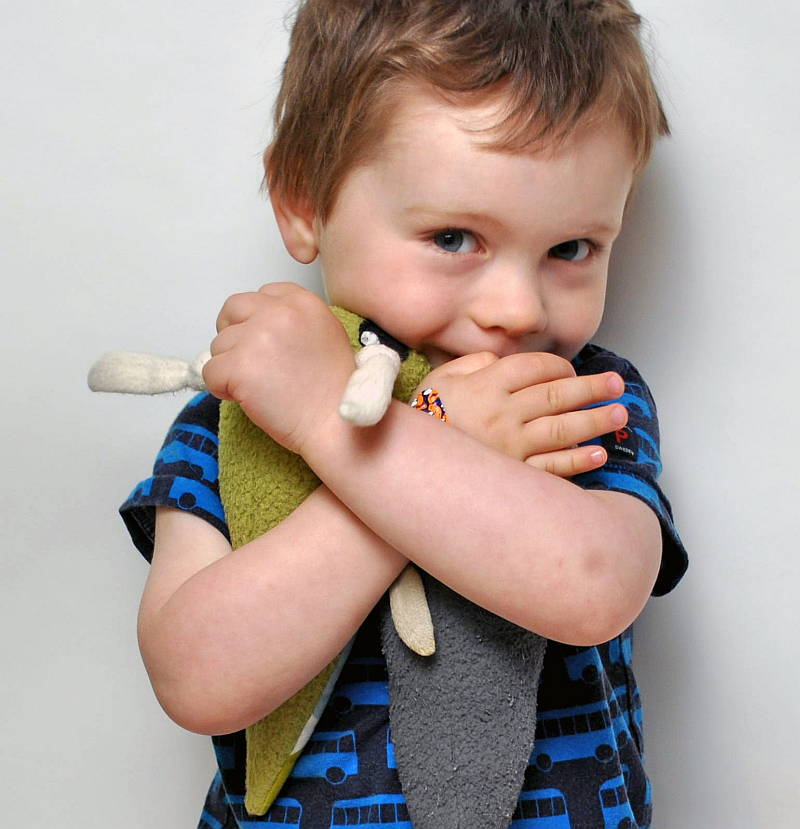About nasal obstruction in children
Children’s nasal obstruction refers to a blockage in your child’s nasal cavity. This cavity begins at the nostrils and ends at the back of their throat. It may be blocked partially or completely, in one or both passages.
An obstruction may become apparent immediately after birth if the infant has difficulty in breathing or has noisy breathing. When infants cry, their breathing does improve, since air is moving freely in and out. Breathing issues cause problems particularly during feeding times. Older children who have a nasal obstruction display runny noses, snoring, mouth breathing or raspy, noisy breathing.
When can an Ear, Nose and Throat Specialist check for nasal obstruction?
Paediatricians may help with some young patients. However, ear, nose and throat specialists have specialty qualifications in the treatment of ear, nose and throat conditions, even in children. If your child is not getting better while being treated by your primary physician, you should call directly, or get a referral for, an ear, nose and throat specialist.
What are the causes of nasal obstruction?
There are many possible causes of nasal obstruction in children. Some children may be born with blockages, and others occur as your child ages. If you notice your child breathing in a noisy manner, make a note of when it started. It can also be helpful to note whether there were any aggravating factors. These will help in determining the cause of the obstruction.
Some causes of nasal obstruction include:
- Objects placed in the nose like peanuts, beads, etc, during playtime may cause a nasal obstruction. These are usually distinguished by foul smelling drainage from your child’s nose. Removal is often done in your specialist’s office. If the foreign body was in your child’s nose for a long time, the object can be painlessly removed under a general anesthetic.
- Choanal atresia occurs when the back opening of your child’s nose is blocked by bone or tissue. It may occur in either or both nostrils. When this is a problem with both nostrils, it is generally noticed soon after birth. Surgical repair is usually done immediately, so that the child can breathe normally. If only one nostril is affected, the diagnosis might be determined later in life. Symptoms of this disorder include stuffiness on only one side, sinusitis on one side and nasal discharge. One-sided atresia is sometimes repaired by the use of flexible scopes through the child’s nose.
- A nasal septal hematoma is a collection of blood that can cause obstruction in your child’s nasal passage. This may occur after a trauma to the child’s nose. This should be treated right away, or it may result in the loss of support for the nose.
- A deviated septum occurs when the cartilage in the septum, which separates the two passages, is crooked when born or through injury. If this tissue is twisted severely, this can block a nasal passage. A surgery known as septoplasty is commonly used to correct this problem.
- Rhinitis is a swelling or inflammation in the lining of the nasal passages by infection, irritants or allergies. Evaluation is done carefully in infants who are suffering distress to determine whether this is the cause.
- Nasal polyps are tissues that project, after growth, from the lining of the sinus, which block the nasal passages. In general, X-rays are used to diagnose polyps, since they are generally caused by chronic infection or irritation.
- Nasal tumours may also be a cause of nasal obstruction in children. Nasopharyngeal angiofibroma, also called juvenile nasopharyngeal angiofibroma, is a histologically benign but locally aggressive vascular tumour that grows in the back of the nasal cavity. It most commonly affects adolescent males. Patients with nasopharyngeal angiofibroma usually present with one-sided nasal obstruction and recurrent bleeding. Nasopharyngeal cancer is a disease in which malignant (cancer) cells form in the lining of the nasal cavity (inside of the nose) and throat. It is rare in children younger than 10 and more common in teenagers.
How do Ear, Nose and Throat Specialists diagnose nasal obstruction?
An ENT specialist will examine your child and will ask you the age when his symptoms began. They will examine the nose with the use of an endoscope. Imaging tests may also be needed to get a clearer look at sinuses. These examinations usually take 10 to 20 minutes, and they are painless for your child.
If you have any questions about nasal obstruction in children please contact your local doctor who will arrange for your to see an ear nose and throat specialist.




